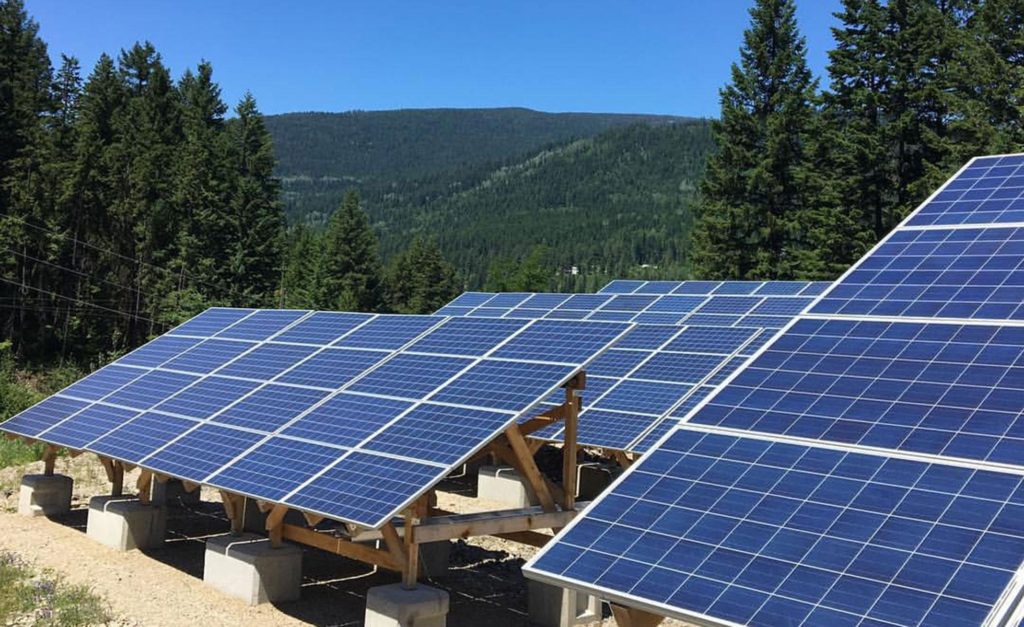
Two years ago, after the New Year’s Eve “snowmegeddon” storm, my first column of the new decade predicted the beginning of “the new roaring twenties with the roar not coming from wild dance parties, but instead from wildfires, intense storms, rising social upheavals and yet more wars.” Sadly, most of these predictions are coming true and are joined with continued societal stress from the pandemic that refuses to go away. The weather and its impacts now dominate the news as we anticipate more crisis generating intense storms, heat domes and summers filled with smoke and the threat of local wildfires.
One result of the pandemic is that the resulted continued social isolation has prevented the completion of volume two of Everything Shuswap, because all of the chapters involve social interaction. With many restrictions still in place, many cultural activities are on hold, community events are cancelled, and the economy remains at half-throttle. Consequently, my columns have branched out to cover other fascinating topics such as the intentional communities of the 70s and 80s.
The plan for the final chapter of the last volume is the topic “What does the future hold?” The future for humanity has the potential to head in one of two directions, either towards environmental and social collapse or towards a more promising future where solutions to the current problems are working, society has become more equitable and sustainable, and health and happiness are the norm. In order to achieve a more promising future than what the cards are currently dealing, a number of pre-requisites need to be met that would lay the foundation for a better future.
With the climate continuing to heat up as more carbon and methane is pumped into the atmosphere, the earth’s biological support system is in free-fall. It was easy to think that the Shuswap would be less impacted because of its geography, but in fact the temperature is rising faster in the north than in mid-latitudes and like most of the continent, we are in line for the increasing number of impacts from jet-stream instability. Thus, key to our ability to thrive in the future will be pre-emptively adopting climate change adaptation measures that will minimize the impacts from fires, heat, drought, storms and other emergencies.
Another key prerequisite is overall, societal and economic stability from the world level down to the regional level. It is possible that one day soon, political tensions could ease, and financial inequality will lessen given the need for everyone on the planet to concentrate on survival by working together as the planet overheats. If co-operation replaced competition, if the wealthy paid their true fair share, and if governments and citizens adopted common goals, all regions like the Shuswap would benefit.
Think back to how different our world was in 1992 when personal computers were just being developed, cellphones looked like large walkie-talkies, there were few homeless people, homes were affordable and massive forest fires, storms and intense droughts were a rarity.
Considering how massive societal changes are occurring now, what might the Shuswap be like in 2052? In the following series of articles, I will explore the possibilities that the future holds if the key pre-requisites are met to accelerate climate change adaptation, improve sustainability and achieve equitability.
What might the city of Salmon Arm and other local communities look like with mass migration likely, as people are forced to flee flooded coastlines and southern regions where temperatures are too hot to support populations? How will land and water be managed to support both a larger population, as well as to promote greater carbon absorption and conserve water? How will education work, and how will people keep in shape and enjoy sports and recreation when snowfalls are rare and summer temperatures are too high for outdoor activities? How will agriculture work? What will people eat?
One value of considering what a better future might look like is that it enables backcasting to identify what policies and programs are needed to reach to future desired state. By imagining an ideal future condition, one can better understand what is needed to get there. If we want our grandchildren to experience the best possible future, there is no better time than the present to help make that happen.
POSTSCRIPT
The climate change future is already here and at best, we can now always expect the unexpected. We even have a new vocabulary to describe this new reality – heat domes, atmospheric rivers, stalled jet stream, eco-anxiety, polar vortex, megafire, and anthropocene.
At best, the overall goal for surviving the anticipated future impacts is resilience. We need to better anticipate the what to expect in the future and be prepared to deal with the whatever the warming climate might do to our homes, our transportation corridors, out economy and basically our lives.






